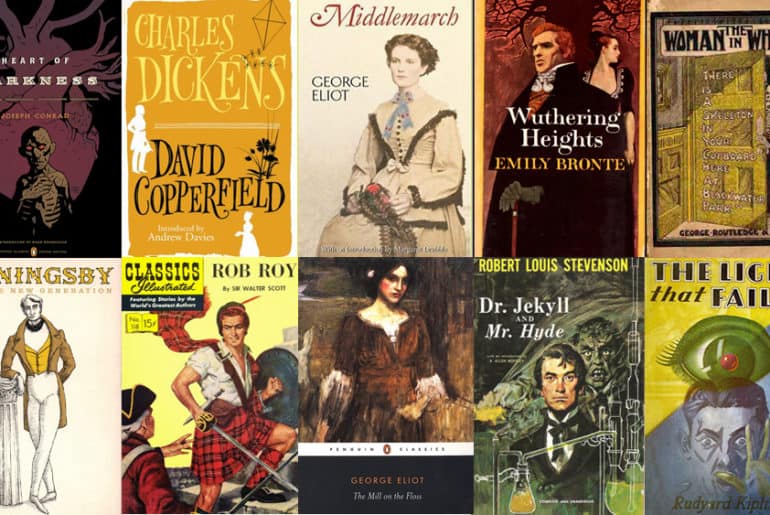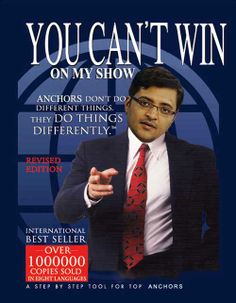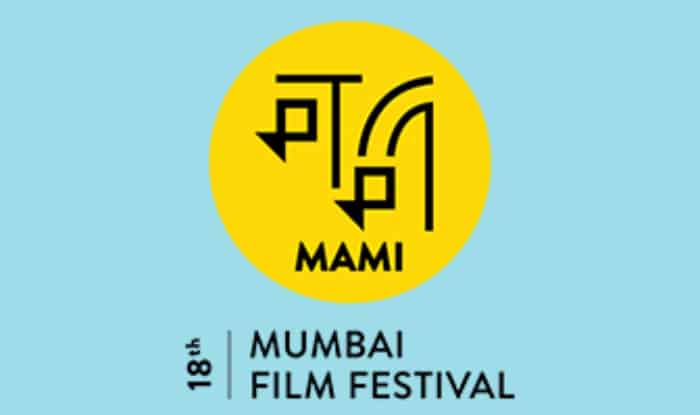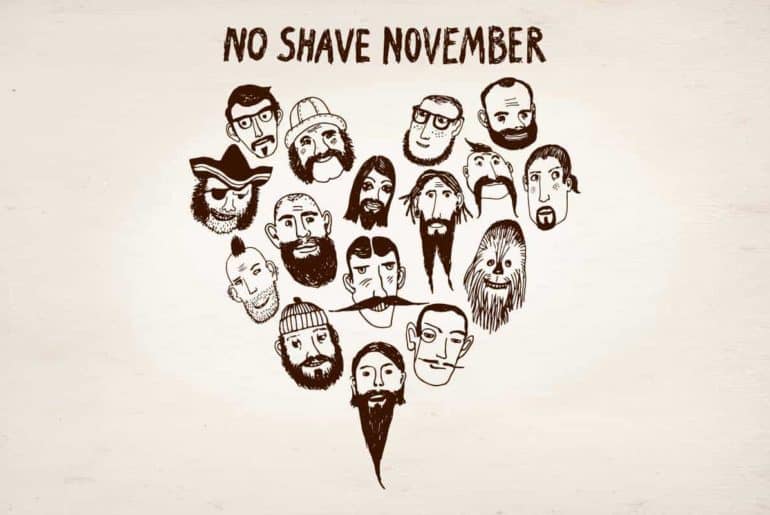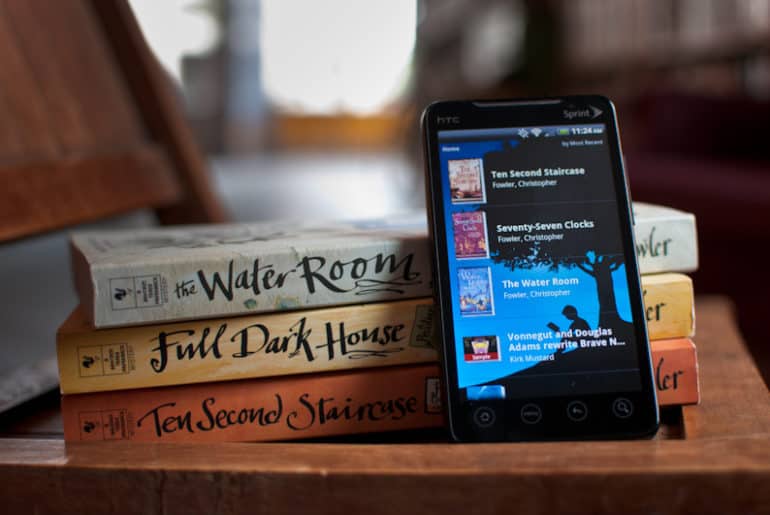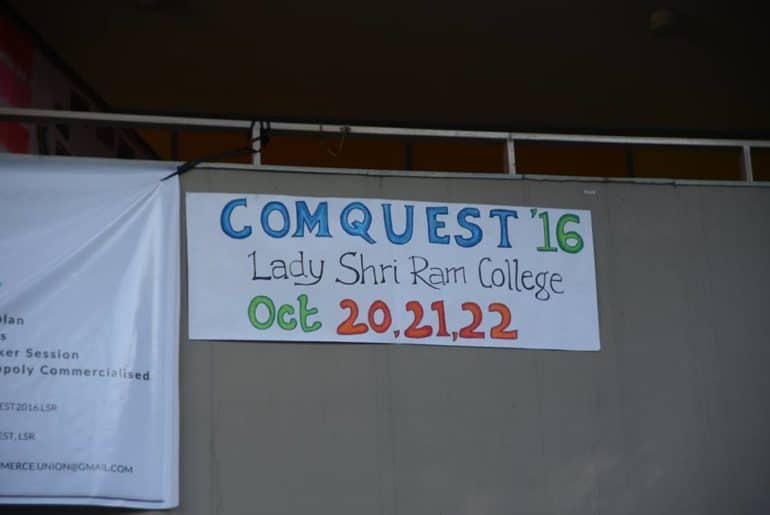While the issue of climate change was treated as real and dangerous by President Obama, the same cannot be said for the new President – elect Donald Trump who believes that climate change is a hoax perpetuated by the Chinese. Studies show that poor countries like India, Pakistan, Vietnam and others would bear the brunt of climate change mostly because of their tropical location but also due to their greater reliance on agriculture, lower income of people, and less resilient infrastructure.
The current situation in India is smoggy, with four out of the ten most polluted cities being Indian, and the capital city’s poisonous air. In the past, US and India have shown commitment towards energy security and fighting climate change. USA joined the Paris Agreement and India followed.
Donald Trump has been adamant about scrapping off the Clean Power Plan and removing the Environmental Protection Agency (EPA). While the EPA doesn’t handle all of the environment related issues (some of which are covered by other federal, tribal, state or local agencies), it does have a major role in the protection of environment. The EPA has been hit again and again by budget cuts and any further cuts would make it impossible to enforce laws like the Clean Water Act and Clean Air Act. Shutting down the agency isn’t the answer either.

The transition team of Donald Trump, according to Politico, has recruited GOP energy lobbyist Mike McKenna , who has ties to the industry backed American Energy Alliance, and vocal climate skeptic Myron Ebell, the director of Energy and Environment at the Competitive Energy Institution (which is funded by Koach brothers, and oil & gas companies). According to Ebell ‘any small increase in the global temperature is nothing to worry about’.
Mr Trump has offered his support to the construction of the Keystone XL pipeline, protested against wind turbines (because the wind farms were visible from his golf course in Scotland), has close financial ties to the Energy Transfer Partner – the operators of the controversial Dakota Access Pipeline (according to his financial disclosure) that will lead to potential harm to the environment, effects on climate change, and the destruction of sacred Native American sites.
The 45th president of the United States of America has signalled his opposition to any restrictions on the development of oil, coal, or gas, making it clear that he doesn’t have plans to go green anytime soon and instead believes in reviving the coal industry, which according to experts won’t work due to tough competition from declining priced alternatives like natural gas and renewable energy sources. This, in fact, moves the attention away from the real proposal that is the transition of coal workers into new jobs in a new industry. While Trump’s call to ‘back out’ of the Paris deal won’t be possible, Lux Research modelled the impact that Trump’s policies would have, and it leads to an extra 3.4 billion tons of CO2 emission when compared to Hillary Clinton’s proposal.
Clearly, Donald Trump’s presidency would be a setback on the environment front unless he decides to change his proposal, which is unlikely to happen.
Feature Image: Chicago Tribunal
Adarsh Yadav


